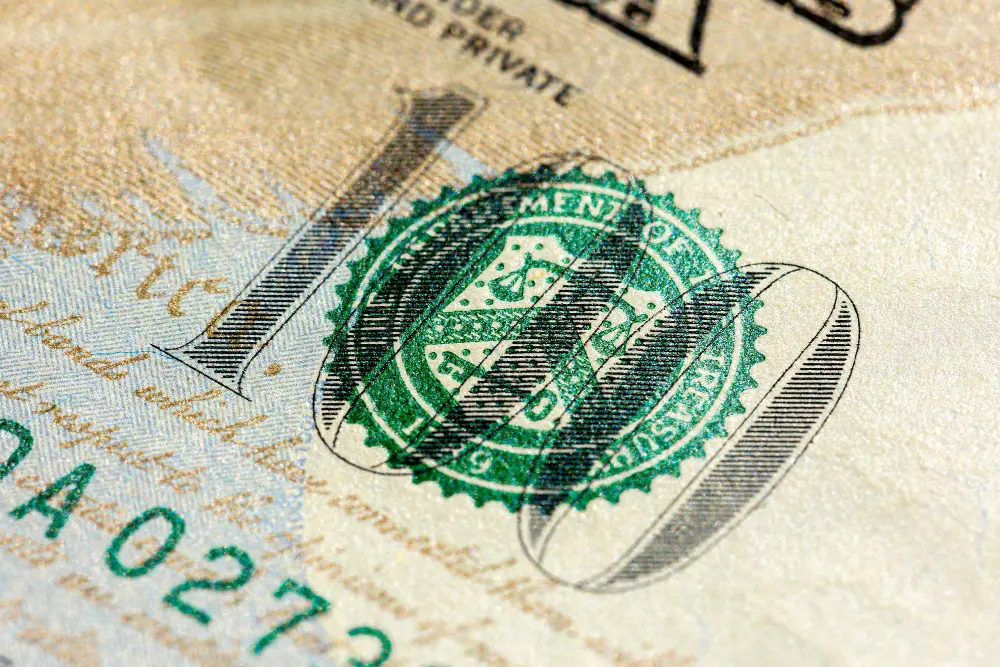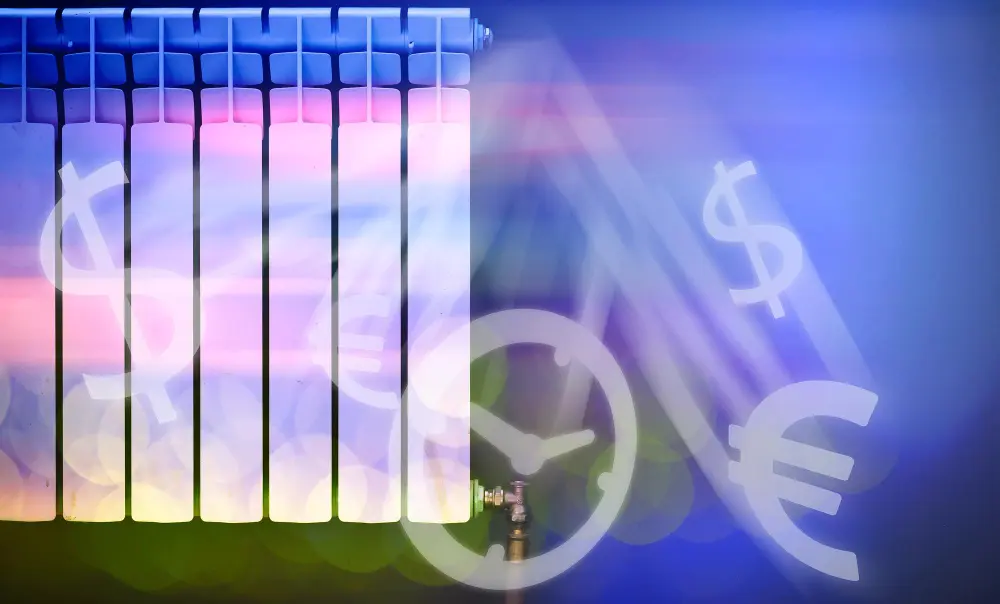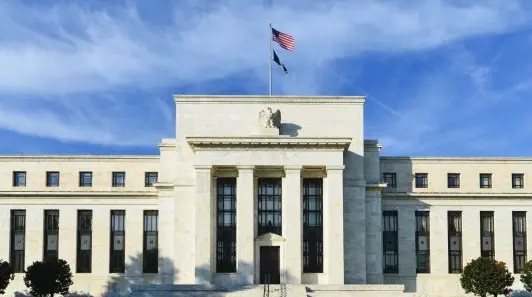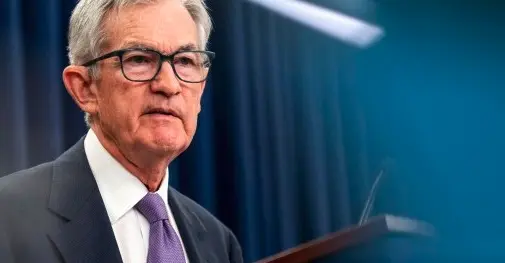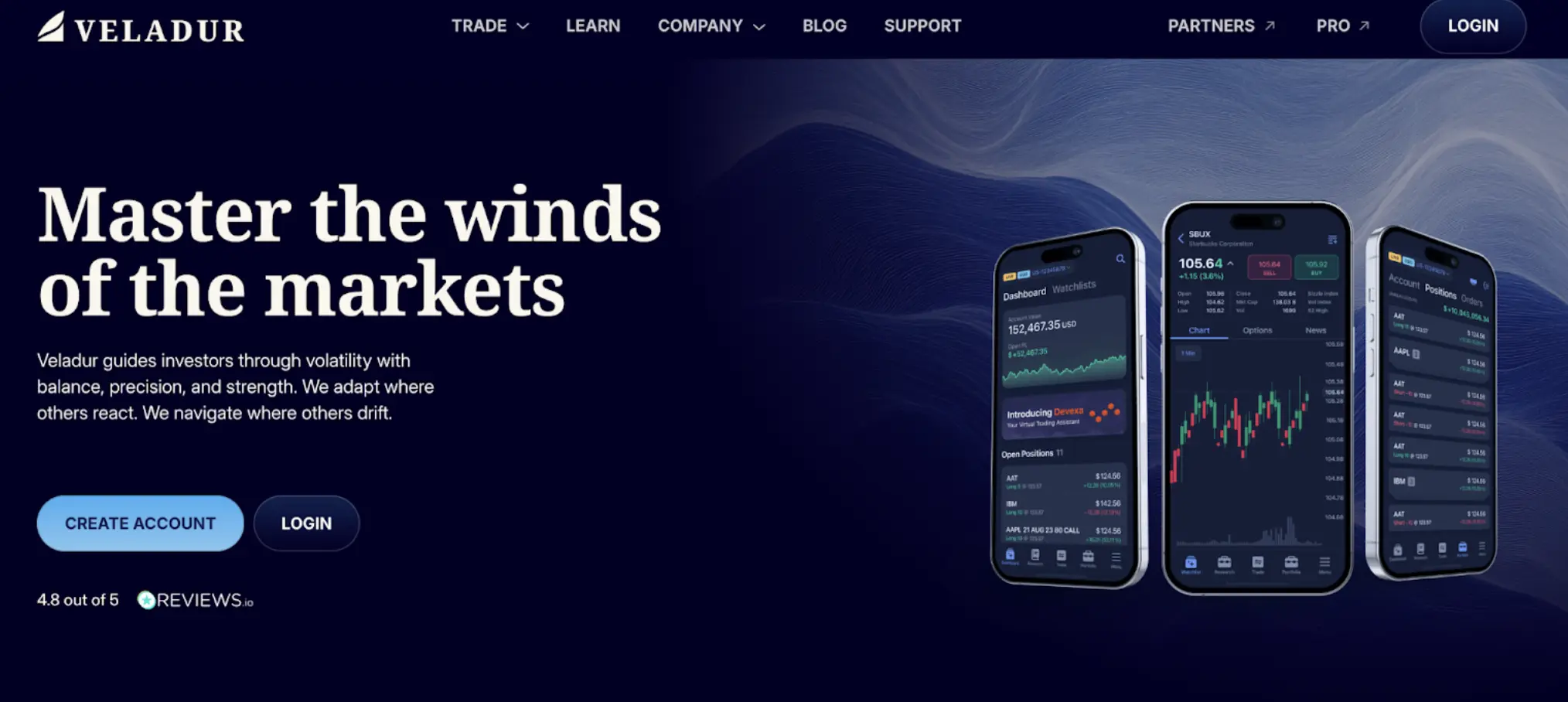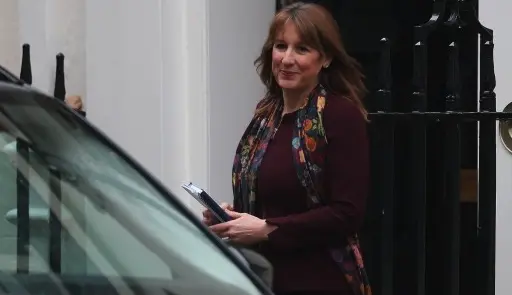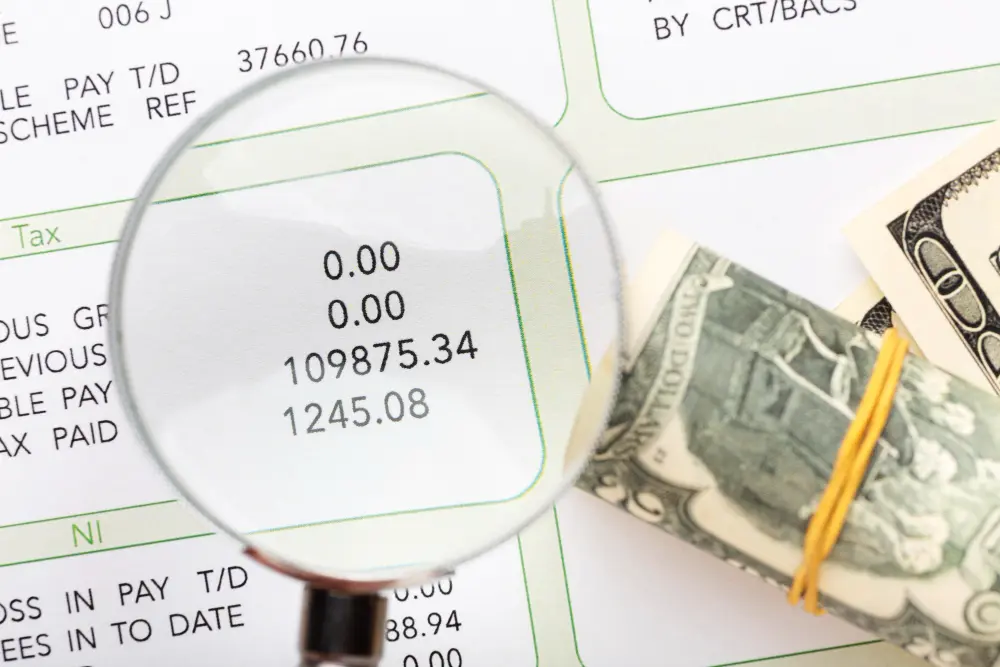Funny enough, the rally was not necessarily backed by material progress in trade negotiations, but rather by the so-called TACO trade and FOMO — with TACO standing for 'Trump Always Chickens Out' and FOMO standing for 'Fear of Missing Out' on the chickening out. There's also the conviction that the Federal Reserve (Fed) will cut rates sooner rather than later, that earnings growth will remain strong despite trade uncertainties, and that AI will eventually boost productivity and reduce costs.
But Fed officials keep saying they're not planning to cut rates before the fall. Many companies refrained from giving earnings guidance last quarter because trade uncertainties made forecasting too difficult. And the productivity gains from AI are likely months — if not years — away.
So the rally looks stretched. Happily, stretched doesn't mean it won't continue. If investors are fed a steady diet of sugar, asset prices could keep inflating. And Trump may eventually give them what they want. The US and China have apparently reached a trade truce, the US administration said that 10 more deals could be imminent, and EU Commission President Ursula von der Leyen said she's ready to negotiate when the US is — in an effort to reach an agreement before the July deadline. Meanwhile, US bank investors are cheering news of softer regulation on leverage rules this week, which could free up to $6 trillion in additional balance sheet capacity.
As such, futures are in the green.
But overall, tariff uncertainties persist for key sectors like metals, autos, and technology. The direction and speed of US debt accumulation haven't improved — on the contrary, current developments suggest the Trump administration's planned spending cuts will be outweighed — and more — by benefits aimed at enriching already wealthy Americans. The geopolitical situation in the Middle East also remains tense, with Iran claiming that recent US bombing didn't significantly damage its nuclear facilities — a claim supported by European officials.
On the data front, the news isn't brilliant either. Yesterday's GDP update showed that the US economy slowed more than previously reported in Q1. While declining exports and a pre-tariff spike in imports explain part of the slowdown, a sharp drop in sales — more than 3% — explains another chunk. That's consistent with sentiment surveys: Michigan's sentiment index plunged nearly 30% in the spring and remains stuck near post-pandemic lows due to trade-related uncertainty. Bloomberg notes that over the survey's 79-year history, a drop this severe has 'almost always predicted a recession.' On the jobs front, recent data showed continued surprise resilience, but continuing jobless claims are notably on the rise. And while inflation pressures have remained surprisingly contained so far, risks remain skewed to the upside given potential tariffs. Today, the focus will be on the core PCE data — the Fed's preferred inflation gauge — which may show a slight acceleration in inflation, further cementing the case for the Fed to wait before cutting rates.
But all that looks like peanuts to retail investors, who appear to be shouldering the rally by ignoring mounting risks. In the best-case scenario, trade deals materialize and institutional investors — who've been sitting on the sidelines — join the retail crowd, pushing global equities to new highs. Or, the summer turns volatile and the failure to secure trade deals dents sentiment, triggering a downside correction. Pick your side. A fun fact: China's CSI 300 index is barely reacting to the trade truce news this morning — perhaps due to reports that industrial profits fell more than 1% between January and May, reversing an earlier 1.4% gain.
In FX, the US dollar index fell to a fresh three-year low yesterday, partly on reports that Trump plans to nominate the next Fed chair as soon as next fall— an effort to soften Powell's cautious stance and dent the Fed's credibility at a moment when investor confidence in the dollar and US debt is weakening. The EURUSD is consolidating gains just below the 1.17 mark while Cable is stting on the 1.37 mark this morning. Any positive trade developments could partially unwind the dollar's trade-related losses and cap the majors' advance against the greenback.
In metals and commodities, gold slipped below its 50-day moving average and could fall back toward $3,000 per ounce if trade sentiment improves. Crude oil tested but held above the key $65 per barrel support — which corresponds to the 38.2% Fibonacci retracement of the YTD decline and marks the line between a bearish continuation and the start of a bullish breakout, mostly fueled by geopolitical tensions. Positive trade news could improve global demand expectations and help put a fundamental floor under oil near the $65 mark.
But as you've likely gathered, the focus will now shift from geopolitics to trade negotiations — and if the news is good enough, the risk rally could easily gain momentum.
